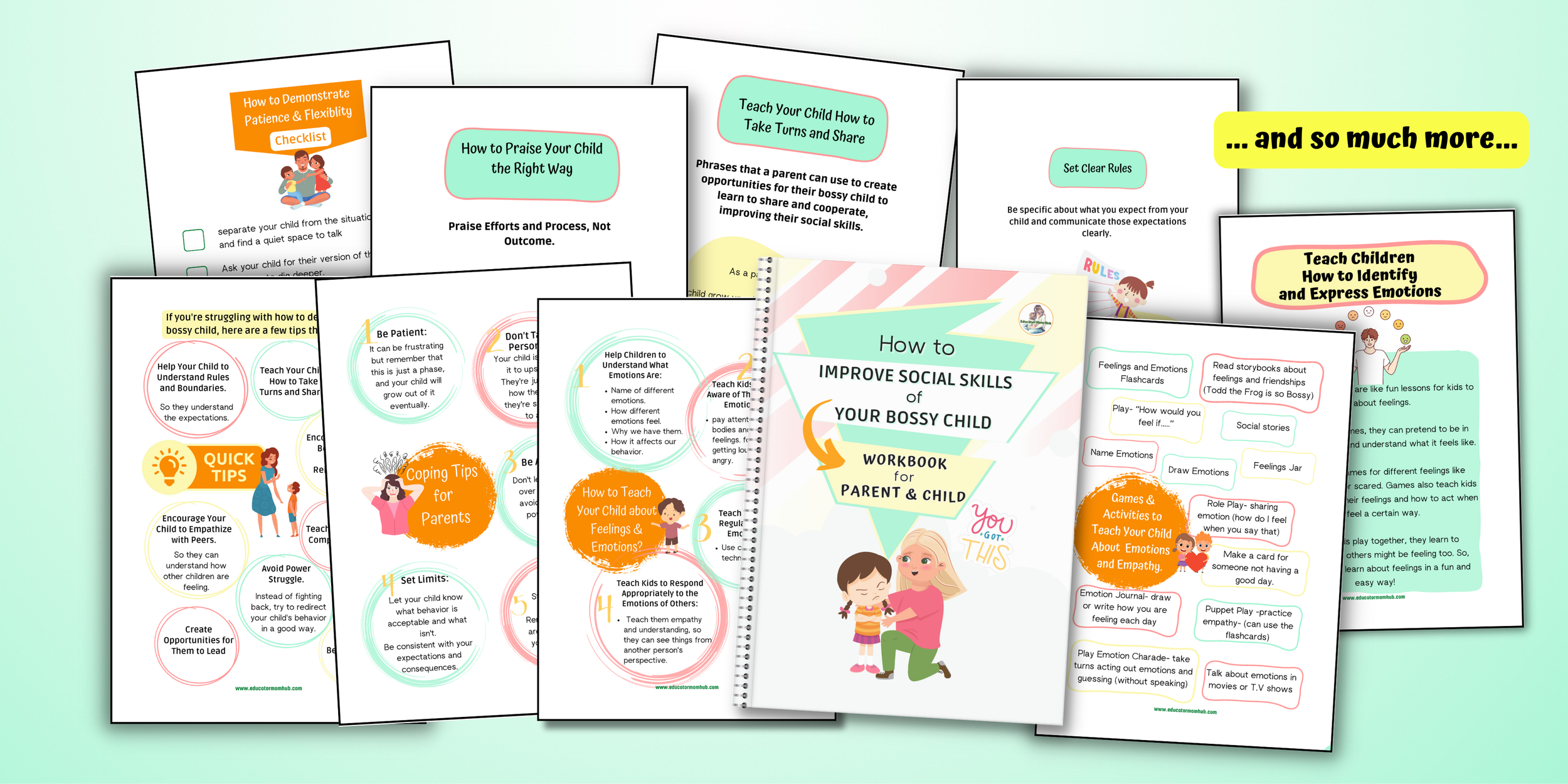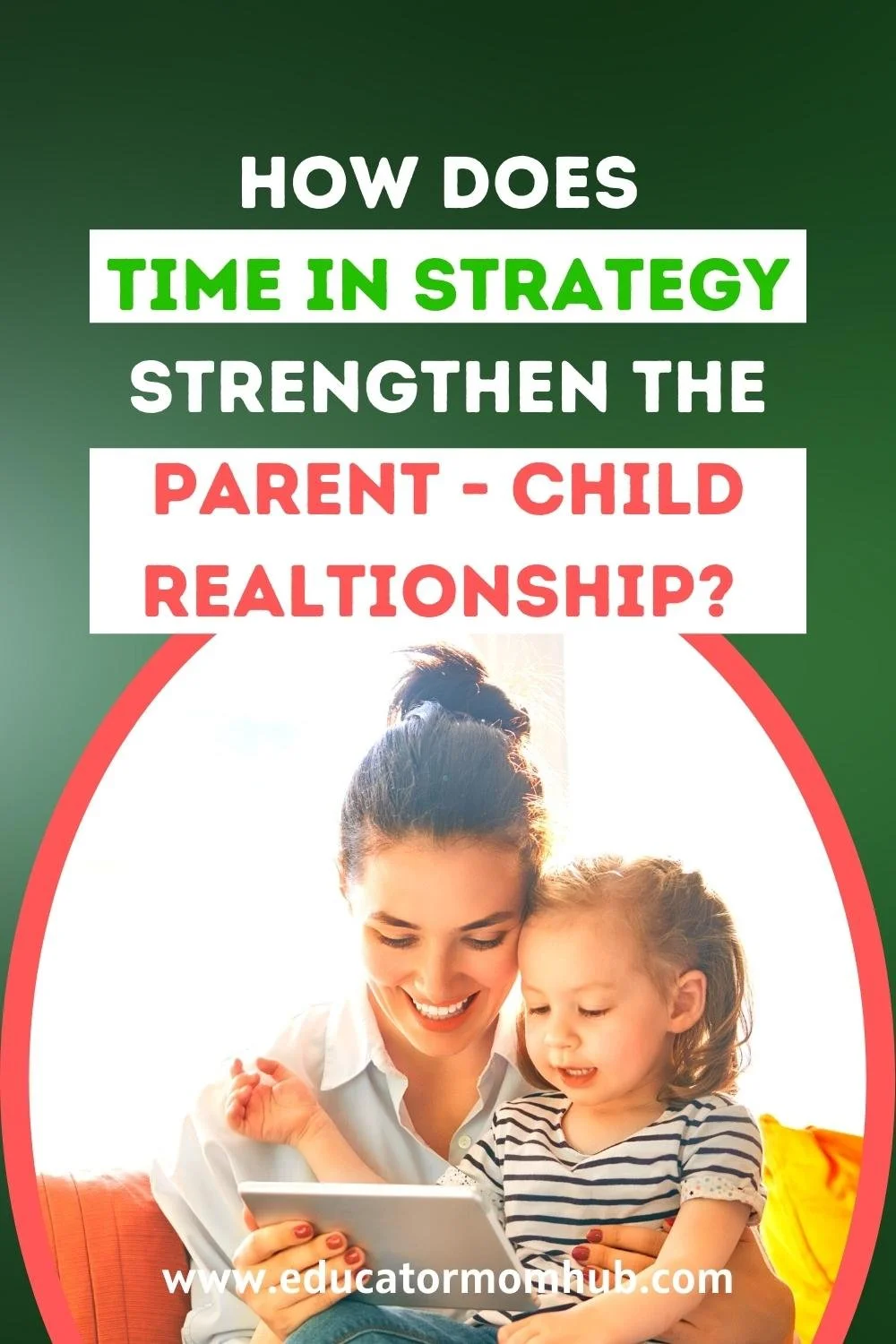How Can Moms Get Kids to Listen Without Yelling
Moms, have you ever felt like you're yelling all the time to get your kids to listen?
It's not a fun feeling.
And it can be tough on our relationships with our kids.
It's no secret that raising your voice at kids can be detrimental.
Yelling makes kids feel anxious, scared, and guilty-all of which will likely lead to them not listening to the next time around.
So what's a better way to get kids to listen without yelling?
Why Don't Kids Listen?
Anyone who has ever tried to get a young child to do something they don't want to do knows how frustrating it can be.
It may seem like kids never listen, but there are actually a few reasons why this is the case.
Pin this Post to Pinterest
Kids have shorter attention spans than adults and are easily distracted (may be distracted by other things going on around them.)
They don't fully understand what you're saying.
Kids often don't have the same sense of time as adults so may not be doing things when you expect them to.
They may not understand or care about the consequences of not listening.
Some kids simply prefer to tune out when they're feeling overwhelmed or overexcited.
Maybe they are acting out because they feel ignored or unimportant.
The Negative Effects of Yelling at Kids
Yelling at a child is not an effective form of discipline. Not only does it not teach the child what they should be doing, but it also models bad behaviour.
When we yell, we teach kids that it is okay to lose control and to resort to violence when we are angry.
This can lead to a cycle of yelling and aggression that is difficult to break. Children who are regularly yelled at are more likely to behave aggressively themselves.
Studies have also shown that yelling leads to increased anxiety, fear, insecurity, and mistrust in children, and it can damage the parent-child relationship.
Try a Different Approach to Yelling
So if yelling doesn't work, what does?
A better way to get kids to listen is to use a positive discipline approach.
This means using logical consequences, consistent rules, and clear expectations. It's also important to avoid power struggles with kids and to offer choices when possible.
Logical Consequences Approach
Pin this Post to Pinterest
Logical consequences are based on the principle that actions have consequences.
For example, if a child refuses to put on her coat before going outside, she will eventually get cold and understand why it was important to listen to her mom's instructions for putting on her coat.
This type of consequence is more effective than yelling because it's directly related to the child's behaviour.
The logical consequences approach also allows the child to understand the cause-and-effect relationship between their actions and the resulting consequence.
It also teaches kids to take responsibility for their choices and helps them develop problem-solving skills.
Consistent Rules and Clear Expectations
It is important to use consistent rules and consequences as a way of positive discipline.
One approach is to set clear expectations about what behaviours are acceptable and what behaviours are unacceptable.
For example, it may be helpful to create a list of specific rules for your children, such as "no hitting" or "no throwing toys."
Then, when you see them engaging in unacceptable behaviour, you can calmly remind them of these expectations.
Here is more information on How to How to Set Limits for Kids- 9 Tips for Behaviour Management
Visual cues work better for young children to help them understand the set expectations.
Here is a Free Download that could be helpful to you.
Here is more information on How To Manage Children's Behaviour With Daily Routine Charts that might be helpful to you.
Another strategy is to communicate with your children regularly about how to be more cooperative.
Instead of simply reprimanding them when they misbehave, you might try encouraging them to come up with solutions on their own.
For example, "I know you're upset, but hitting is not an acceptable way to express anger. What can you do instead?"
This type of positive reinforcement will help children feel more capable and motivated to follow rules.
This kind of positive reinforcement can help kids understand their expectations better and learn how they can help meet those expectations on their own.
Avoid Power Struggles
Power struggles with kids occur when parents try to force them into doing things they really don't want to do.
For example, if a child refuses to go to bed, the parent might start yelling or physically forcing her to bed.
This kind of approach can be counterproductive for several reasons.
First, it tends to make children feel like they don't have any control over their own lives.
Second, it can cause power struggles to escalate and make a child even more resistant to doing what you want.
Instead of trying to force your kids into doing things they don't want to do, try setting clear expectations and offering choices when possible.
For example, if a child refuses to go to bed, you might say, "I know you don't want to go to bed yet, but it's time for bed. You can either get into bed by yourself or I can help you."
This way, the child feels like she has some control over the situation and is more likely to cooperate.
Here is a helpful article- How to End Power Struggle With Your Pre-Schooler- Why It Happens and How to Stop It!
Offer Choices
Another way to help encourage positive behaviour in children is to offer choices when possible.
For example, if you want your child to clean up their toys but they don't feel like doing it, you could say something like, "Do you want to do it a little at a time or all at once?"
This gives them more control and ownership over the task, which can make them more likely to do it.
It's also important to avoid giving too many choices, as this can be overwhelming for children.
For example, instead of asking "What do you want for dinner?" which can be overwhelming, try offering two specific choices, such as "Would you like chicken or pasta for dinner tonight?"
The Benefits of Positive Parenting
When parents stay calm and communicate clearly with their children, it helps them understand what they did wrong and why it is important to obey rules.
It also helps the child to feel valued and respected, which is more likely to get more cooperation in the future.
Here are some parenting tips to help you to get kids to listen without you yelling.
Here is an article on Positive Parenting For Better Behaved Kids- Examples, Tips, And Techniques
How to Get Kids to Listen- Stop Yelling Mom and Do This Instead
Pin this Post to Pinterest
It can be difficult to know how to communicate effectively with kids.
They often seem to have their own language and way of looking at the world.
However, there are a few general tips that can help adults to better understand and connect with children.
1.Give Kids Time to Process the Information
It is important to be patient and to give kids time to process information.
They often need time to think about what they want to say or how they feel about something.
2. Make it Fun
Listening is an important skill for everyone, but it can be especially challenging for kids.
If you're constantly yelling at your kids to listen, it's time to try something different. Making listening fun can help motivate them to actually pay attention.
Here are a few ideas to get you started:
Create a listening game. This can be as simple as coming up with a list of objects and seeing who can spot them the fastest, or you could make it more complex with a scavenger hunt or play a trivia game.
Encourage active listening by asking questions about what they're hearing. This will help them pay more attention and remember important details.
Make a positive reinforcement system. For every 10 minutes that they successfully listen, they get a sticker or another small reward.
With a little effort, you can make listening fun for your kids and help them to develop this important skill.
Here is more information on How to Overcome Parenting Dilemmas for 4-Year-Olds Who Don’t Listen.
3. Explain the Reason
Explain the reason behind your rules and expectations. For example, explain how this particular rule will keep them safe.
You will get more cooperation from the Kids if they understand why these particular rules are in place.
4. Use Simple Language
Use simple language that is easy for kids to understand.
This doesn't mean talking down to them, but rather using words and concepts that they can grasp.
5. Be Respectful
Be respectful and listen carefully to what kids have to say.
Even if their perspective is different from our own, we can learn a lot from hearing their point of view.
6. Be Empathetic
Communicate with your child in an empathetic manner, using words like "I" and "we" instead of "you."
For example, instead of saying something like "You are always making such a mess!" try "I can see that you're feeling frustrated right now. Let's see if we can clean up this mess together."
7. Avoid Reacting in the Moment
Try to avoid reacting in the moment out of anger or frustration.
If you need some time to calm down, let your child know that you'll talk to them later.
This will help your child to feel heard, even if you don't resolve the situation immediately.
8. Stop Repeating Yourself
If you find yourself saying the same thing over and over again, likely, your child isn't listening.
Try a different approach instead of sounding like a broken record, such as using a visual aid or demonstrating what you want them to do.
9. Refrain from Lecturing
Kids often tune out when they feel like they're being lectured.
Instead, try to have a conversation in a calm voice and allow them to share their thoughts and feelings.
10. Use Positive Reinforcement
Use positive reinforcement whenever possible.
Make eye contact when you praise good behaviour and make an effort to catch your kids doing things right.
This can help them feel more motivated and encouraged to continue behaving in that way.
Here is a helpful article How to Praise Your Child The Right Way- 65 Examples
Examples of Phrases That Can Be Used to Get Kids to Listen: Do's and Don'ts
Don't Say-"clean up your room"
Do Say- "let's pick up all the toys off the floor."
Don't Say- "stop fighting,"
Do Say-"use your words to solve the problem."
By using specific and positive language, parents can help encourage their kids to listen and cooperate.
Don't Say-"brush your teeth now,"
Do Say-"would you like to brush your teeth before or after you read a book?"
Don't Say- "I've told you a million times, stop hitting your sister!"
Do Say-"I know you're angry, but it's not okay to hit. What can we do instead?"
By giving kids some control over the situation, they are more likely to be engaged and willing to comply.
Here is an article for further reading-How to Talk so Kids Will Listen- 13 Parenting Tips and Effective Phrases to Use
How Can Moms Stay Calm and Manage Stress
There are many ways that moms can manage their stress and stay calm when dealing with defiant behaviour in their kids.
have a strong support network of family and friends who can help out when you need a break or just someone to vent to.
practicing mindfulness techniques such as meditation or deep breathing exercises,
engaging in regular physical activity,
setting aside time for yourself every day, and focusing on self-care
self-compassion.
Whatever method you choose, remember that staying calm will not only help you to be a better mom, but it will also help your child learn healthy coping strategies for dealing with frustration and stress as well.
So keep calm, mama – you've got this!
Here is an article for moms that explains how mom anger can harm children- How to Stop Being an Angry Mom: Strengthening Mom-Child Bond
Conclusion
Although it can be tough to break the yelling habit, it’s worth making the effort.
Yelling creates an environment of fear and anxiety instead of one where kids feel safe and loved.
Next time you find yourself getting frustrated, take a deep breath and try some of these calmer approaches.
I’d love to hear about your successes in the comments below.
Let me know what you think have you tried any other methods that have worked better for you than yelling?
FAQ
1.Why is yelling harmful?
Yelling is harmful because it creates an environment of fear and anxiety instead of one where kids feel safe and loved.
2.What are some alternatives to yelling?
Some alternatives to yelling include: being empathetic, communicating in a calm voice, using positive reinforcement, and using specific and positive language.
3.How can I avoid yelling?
There are a few things you can do to avoid yelling, such as: pausing before you speak, taking a deep breath, and counting to 10.
4.What should I do if I've already yelled at my child?
The most important thing to do if you've already yelled at your child is to apologize. You can also try to repair the damage by spending some extra time with your child and engaging in positive activities together.




















